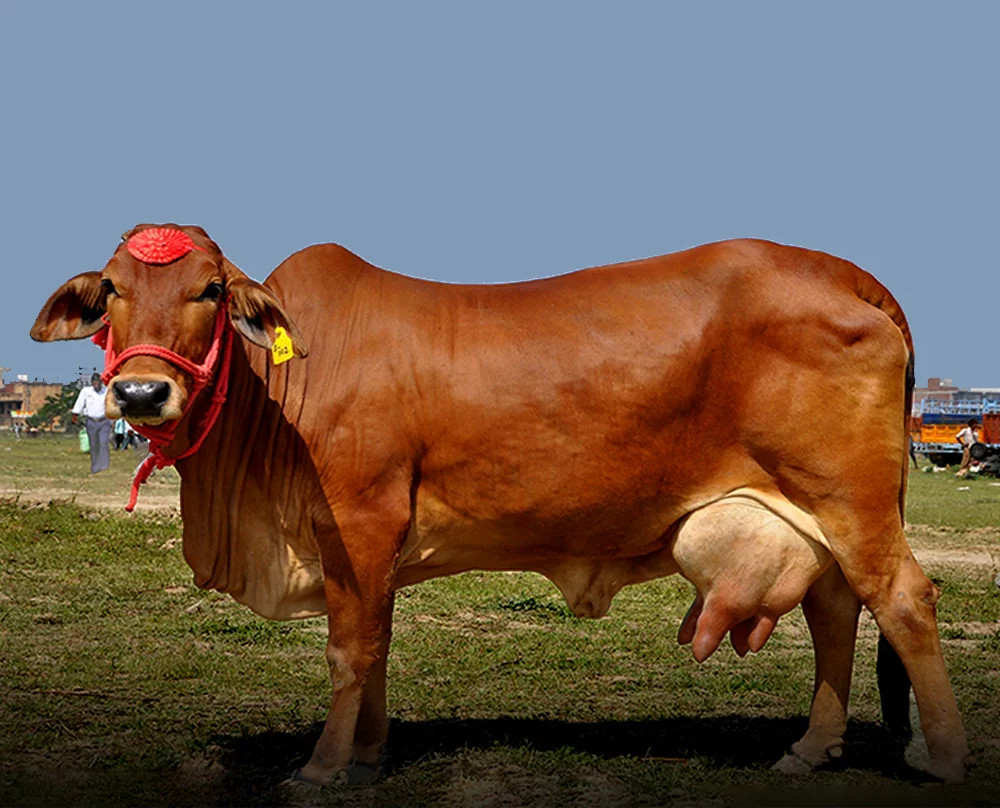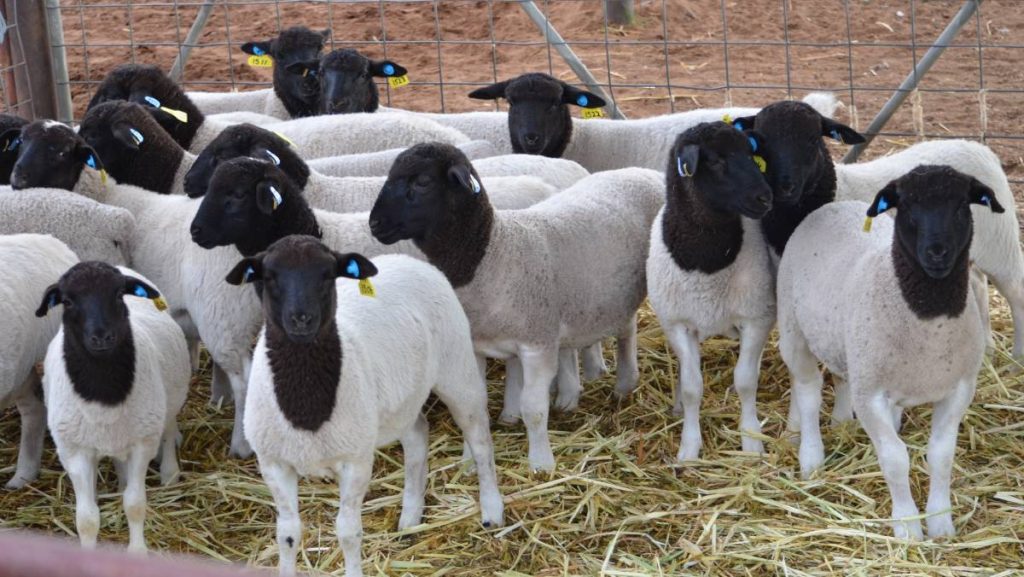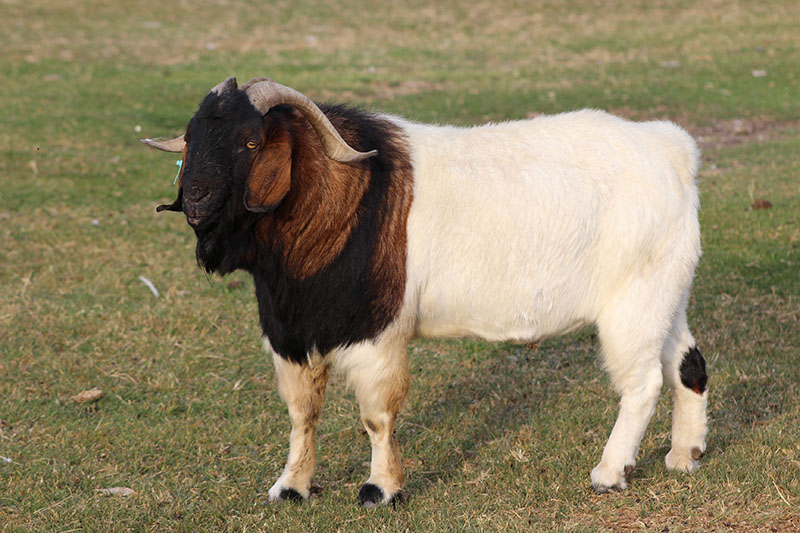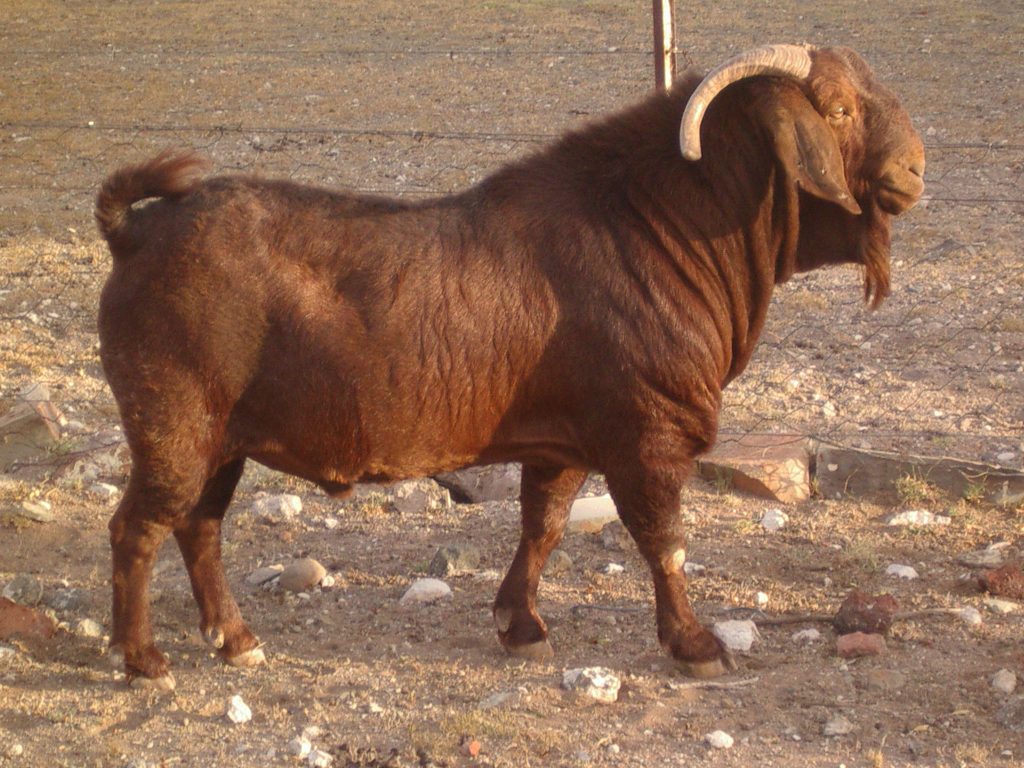Increase climate change resilience among pastoralists and ranches communities
By improving breeds that are heat resilient, low nutrient feeds adaptors, disease tolerant, with fast maturity and high reproductive ability. By cross-breeding and involvement of Artificial Insemination. By importation of superior animals and crossbreeding with the local livestock
Sahiwal cattle
The Sahiwal originated in the dry Punjab of India. Heat tolerant, fast maturity, dual purpose animal for beef and milk. High milk production. It produces a carcass of lean quality with desirable fat cover. Fatten bulls to market size within 15 months.
Their colour can range from reddish brown through to the more predominant red, with varying amounts of white on the neck, and the underline. In males the colour darkens towards the extremities, such as the head, legs and tail.
It is tick-resistant, heat-tolerant and noted for its high resistance to parasites, both internal and external. Cows average 2,270kg of milk during lactation while suckling a calf and much higher milk yields have been recorded. They are generally docile and lethargic, making them more useful for slow work.
The Sahiwal is the heaviest milker of all Zebu breeds and displays a well-developed udder. Sahiwal demonstrate the ability to sire small, fast-growing calves and are noted for their hardness under unfavourable climatic conditions.
Charectaristics
- High milk yields
- Tick and parasite resistance
- Heat tolerant
- Ease of calving
- Longevity, reproducing for up to 20 years
- Drought resistant
- Bloat tolerant
- Good temperament
- Lean meat with even fat cover

Dorper Sheep
One of the most fertile of sheep breeds that is hornless with good body, length and short light covering of hair and wool. The breed has the characteristics black head (Dorper) as well as white head (White dorper). The breed shows exceptional adaptability, hardness, reproduction rates and rapid growth (reaching 36kg) at 4 months as it has ability to graze at early age, as well as mothering ability. Heat tolerant, fast maturing, excellent reproductive
It is a native to South Africa, it does well to a variety of grazing conditions. It is reputably does well in various range of feeding conditions and is also suited to intensive feeding. In Kenya it does well in throughout the arid and tropical areas, thriving well even in extreme cold and wetness.
The breed is extremely adaptable with a high ability to flourish, grow, produce and reproduce in irregular and low rainfall environments. They are known to adapt well to feeds lot conditions which offers farmers an alternative method to finish lambs in time of drought. It also has an ability to graze and browse.
Dorper is an easy-care breed which requires minimal input of labour. It has a thick skin, which is used for other products, and protects the sheep under harsh climatic conditions. Unlike Merinos, Dorpers do not need shearing, clutching, or mulesing, and are much less prone to flystrike.
Doper ewe lamb three times in two years with lambing period of 6 months. A lambing percentage of 150 % can be reached under good conditions. In a flock containing a large number of maiden ewes, the lambing percentage will be in the region of 120% as these ewes usually drop single lambs
Dorper ewe will produce 2.25 lambs on an annual basis. Excellent for both mutton and lamb production.
The dorper is hardy and can thrive under range conditions where other breeds can barely exist and the ewe can raise a lamb of reasonable quality under fairly severe conditions. As a strong and non-selective grazer the dorper can advantageously be incorporated in well planned range management system

Boer Goat
The Boer is an improved indigenous breed with some infusion of European, Angora and Indian goat breeding many years ago. Characterised by a white body with a red head and some red colour on at least some parts of the neck. The red colour may look brown in some individual animals.
The Boer goat is primarily a meat goat with several adaptations to the region in which was developed. It is a horned breed with lop ears and showing a variety of colour patterns. The Boer is effectively used in combination with cattle due to its browsing ability and limited impact on the grass cover. Producing weaning rates in excess of 160% the Boer goat doe is a low maintenance animal that has sufficient milk to rear kid that is early maturing.
The mature Boer goat buck weighs between 110-135kg and does between 90-100kg.
Performance records for this breed indicate exceptional individuals are capable of average daily gains over 200g/day in feed lot. Standard performance would be 160g/day.
The ovulation rate for Boer goats’ ranges from 1 to 4 eggs/doe with average of 1.7. A kidding rate of 200% is common for this breed. Puberty is reached early, usually about 6 months for the males and 10-12 months for the females. The Boer goat also has an extended breeding season making possible 3 kids every 2 years.
The Boer has a high feed conversion enabling it to lay down meat fast and attain market weight in shorter periods than other goats.
They are loved for producing mainly twins and triplets. They have a tendency to have to have multiple teats going up to four but not all the teats produce milk.
The characteristics head colour is always expressed when the Boer is crossed with other goat. It is, therefore, easy for goat buyers to identify goat cross-breeds with Boer genes. Such crosses normally fetch higher prices than other goats as they tend to grow faster and bigger than the local goats.
Low meat to fat ration; Once the Boer is introduced into a country or region it quickly attains higher demand because of its fast growth rate, higher meat proportion to body weight, higher fertility and adaptability to diverse environments.
It is suitable for export meat market because of its fast growth and the reduced rearing time.
It is well adapted to grazing on wide variety of local biomes, including sourveld, coastal veld, mixed veld and thornveld. The Boer goat may also be used in vegetation management
Boer goat are polyoestrous (they can breed throughout the year). A typical breeding program is to produce three kid crops every two years, meaning the does are pregnant for five months, nurse their kids for three months, and then are rebred. Multiple births are common, and a 200% kid crop is achievable in managed herds. Usually, first-time does have one kid, but they may have more. After that, they usually have two kids every other breeding. The kids can be brown, black, white, or mixed.

Kalahari Goat
The Kalahari Red is a meat-type goat breed that originated in South Africa. The namesake comes from the Kalahari Desert which spans the borders of Botswana, South Africa, and Namibia. It is a hardy breed that is sun, parasite, and disease resistant.
It attributes to a very low labor-intensity operations. Their body is fully pigmented, allowing them to forage and increases gains through the heat of the day. They feed on a large variety of plants for sustenance. Their parasite and disease resistance allows for less vaccination inoculation than the average goat breed. This lowers costs, amount of labor, and allows for greater ease of an organic enterprise.
Does are known to be great in maternal instincts, usually with no assistance needed for parturition. They have full and properly attached udders, and kids have strong sucking instincts. Does can be bred all year round, and can kid about three times every two years.
They are red in colour. White or light shades of red. They have a strong herding instincts for protection from predators. They have long floppy ears. Above their ears are moderately-sized, sloping horns. Their frame is similar to that of the popular South African Boer goat. Kalahari can be used as a good crossbreed to increase hardness and carcases size. Buck are larger than does, with loose skin in the neck region.

